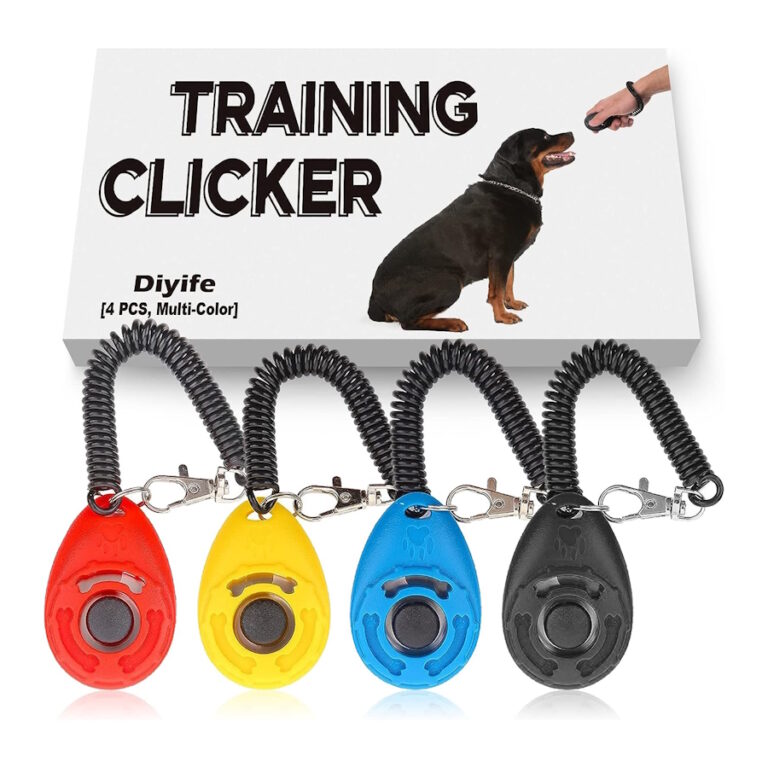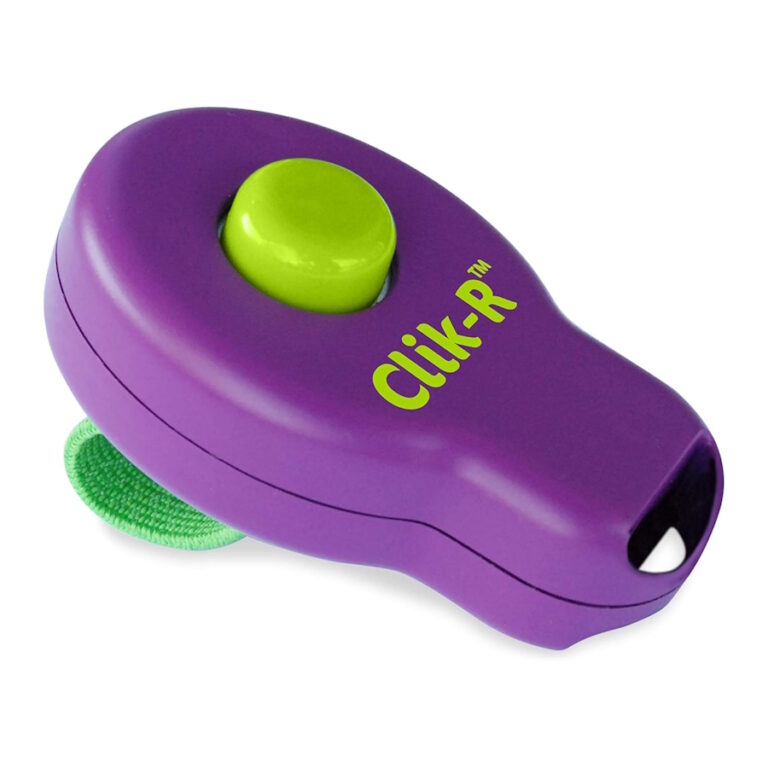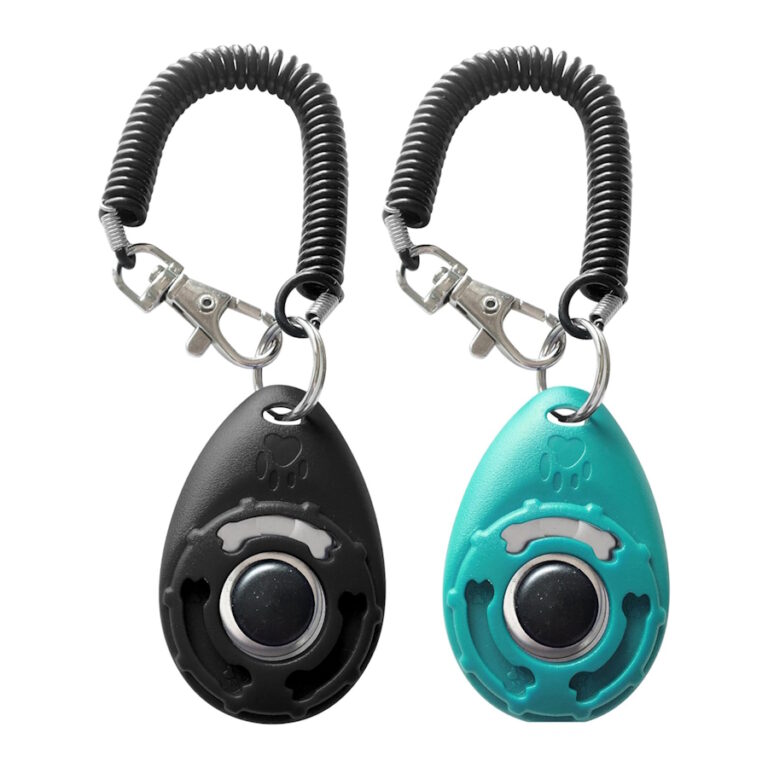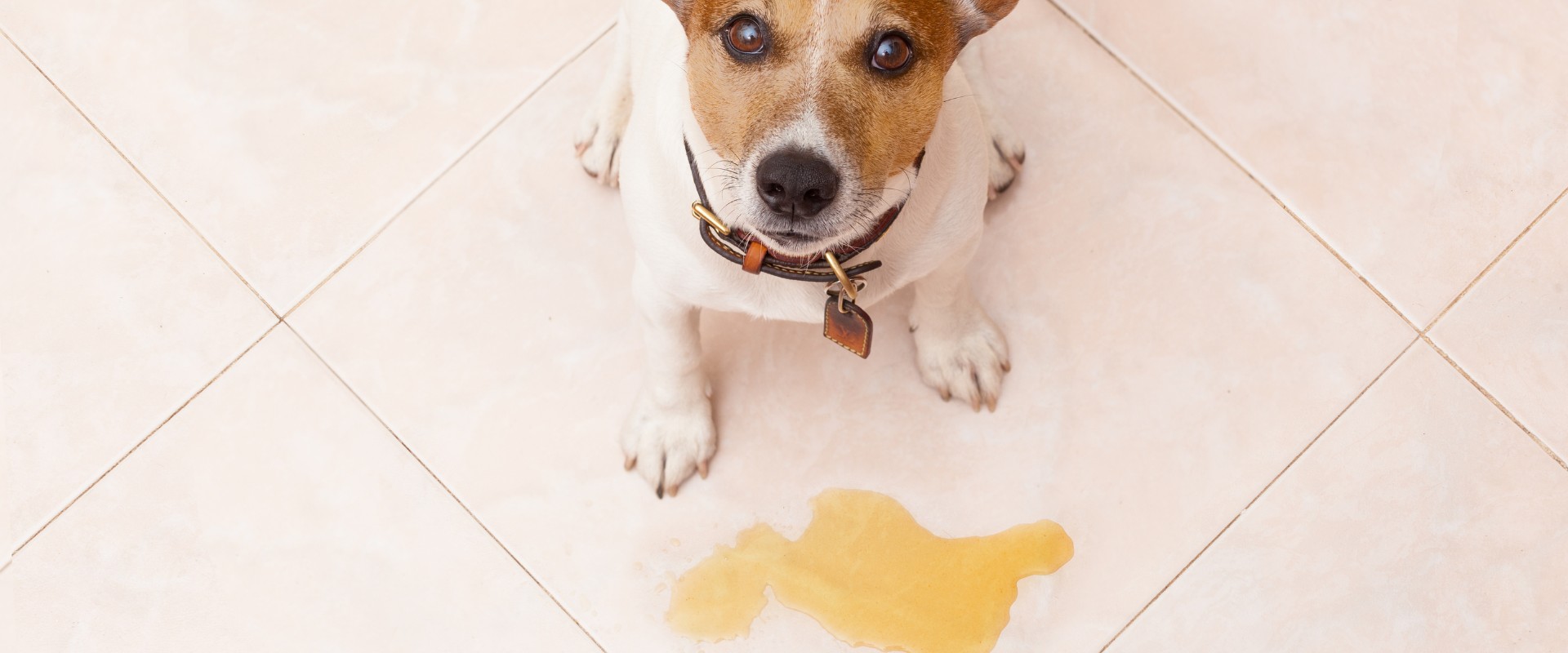Dog training clickers have gained popularity as effective tools for positive reinforcement training. Clicker training is a reward-based method that utilizes a small handheld device, the clicker, to mark and reinforce desired behaviors in dogs. This guide will walk you through the basics of clicker training, its benefits, and how to use a clicker effectively to train your dog.
Why use a clicker?
Clicker training is a type of positive reinforcement training. It is a fun and effective way to train your dog, and it can be used to teach a wide variety of commands and behaviors.
Clicker training has several advantages over other training methods:
- It is more precise. The click allows you to mark the exact moment that your dog performs a desired behavior, which helps to ensure that your dog is being rewarded for the correct thing.
- It is faster. Dogs learn quickly when they are rewarded consistently, and clicker training allows you to reward your dog more quickly than other methods.
- It is more humane. Clicker training is based on positive reinforcement, which means that you are rewarding your dog for good behavior rather than punishing them for bad behavior.
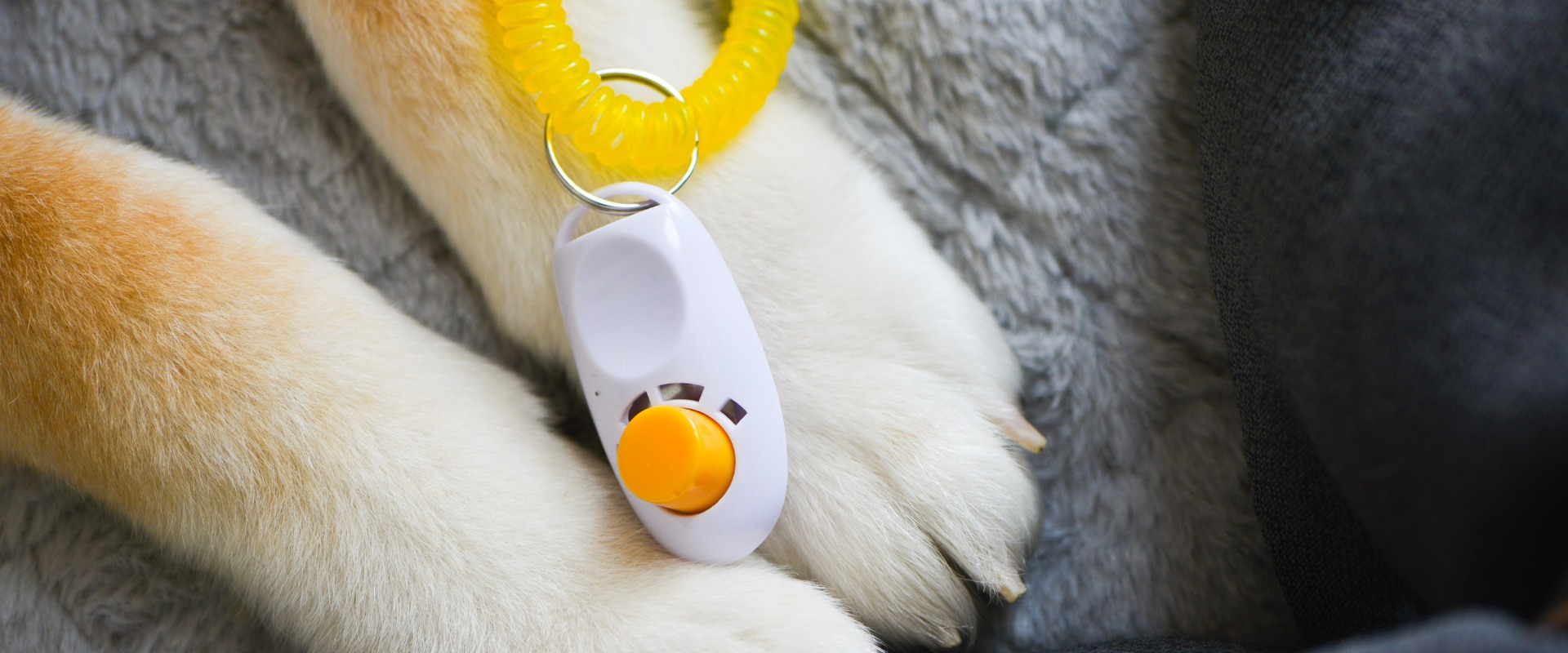
A Comprehensive Guide to Dog Training with Clickers
Understanding Clicker Training:
- Clicker training is based on the principles of operant conditioning, specifically positive reinforcement.
- The clicker serves as a precise and consistent marker for the exact moment your dog performs the desired behavior.
- The sound of the clicker is followed by a reward, usually a treat, reinforcing the positive behavior.
Benefits of Clicker Training:
- Precision: Clickers provide a clear and distinct sound, allowing for precise communication with your dog.
- Timing: Clicker training enables you to mark the exact moment your dog exhibits the desired behavior, making it easier for them to understand what they’re being rewarded for.
- Consistency: Clickers offer a consistent signal, reducing confusion and promoting faster learning.
Choosing the Right Clicker:
- Clickers come in various styles, including box clickers, button clickers, and i-Clicks.
- Choose a clicker that is comfortable for you to hold and easy to use.
- Some clickers may produce louder or softer clicks; consider your dog’s sensitivity to sound when selecting a clicker.
Introducing the Clicker to Your Dog:
- Before starting training, associate the clicker sound with positive experiences by clicking and immediately providing a treat.
- Repeat this process until your dog associates the clicker with the reward, creating a positive Pavlovian response.
Basic Clicker Training Steps:
- Start Simple: Begin with basic commands like “sit” or “down.”
- Click and Treat: Click the moment your dog performs the desired behavior, followed by a treat.
- Consistency is Key: Be consistent with your clicks and treats to reinforce the behavior.
- Short Sessions: Keep training sessions short and positive to maintain your dog’s interest and focus.
Advanced Clicker Training Techniques:
- Shaping: Gradually shaping behaviors by rewarding incremental steps towards the desired behavior.
- Chaining: Connecting multiple behaviors into a sequence and rewarding the entire sequence.
Troubleshooting:
- If your dog seems confused, go back to simpler steps and reinforce the basics.
- If your dog loses interest, try using higher-value treats or varying the training environment.
Patience and Consistency:
- Like any training method, success with clicker training requires patience and consistency.
- Celebrate small victories and gradually increase the difficulty of commands.
Remember, every dog is unique, so tailor your training approach to your dog’s individual needs and preferences. Clicker training, when done correctly, can be a fun and rewarding experience for both you and your furry friend.
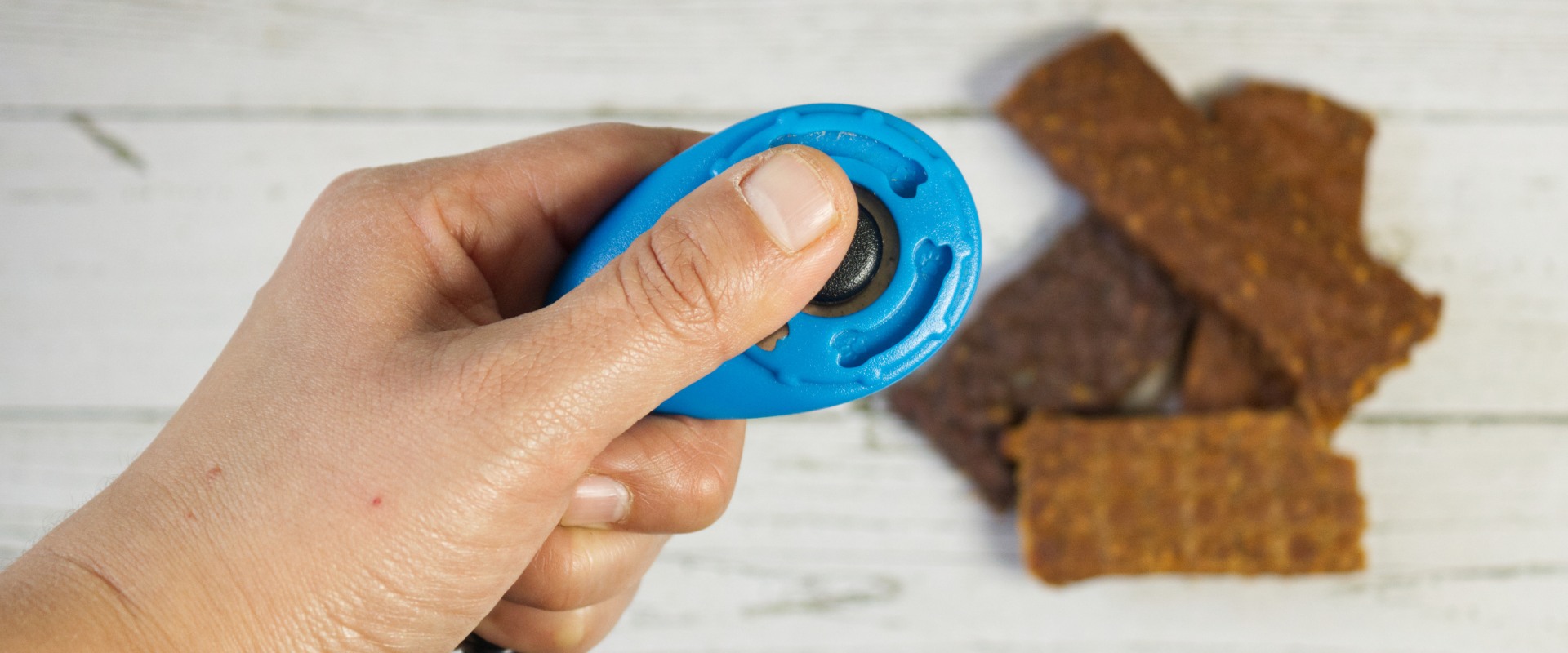
Here are some additional tips for clicker training:
- Keep training sessions short and fun. Aim for 5-10 minutes at a time, and end each session on a positive note.
- Use high-value treats that your dog loves. This will help to keep them motivated and focused.
- Be consistent with your commands and rewards. Always say the same command and give the same reward for the same behavior.
- End each training session on a positive note. Even if your dog is not quite getting it, give them a treat and some praise for trying.
Clicker training is a great way to teach your dog new commands and behaviors. It is a fun and effective method that is based on positive reinforcement. With patience and consistency, you can teach your dog to do almost anything with a clicker.

